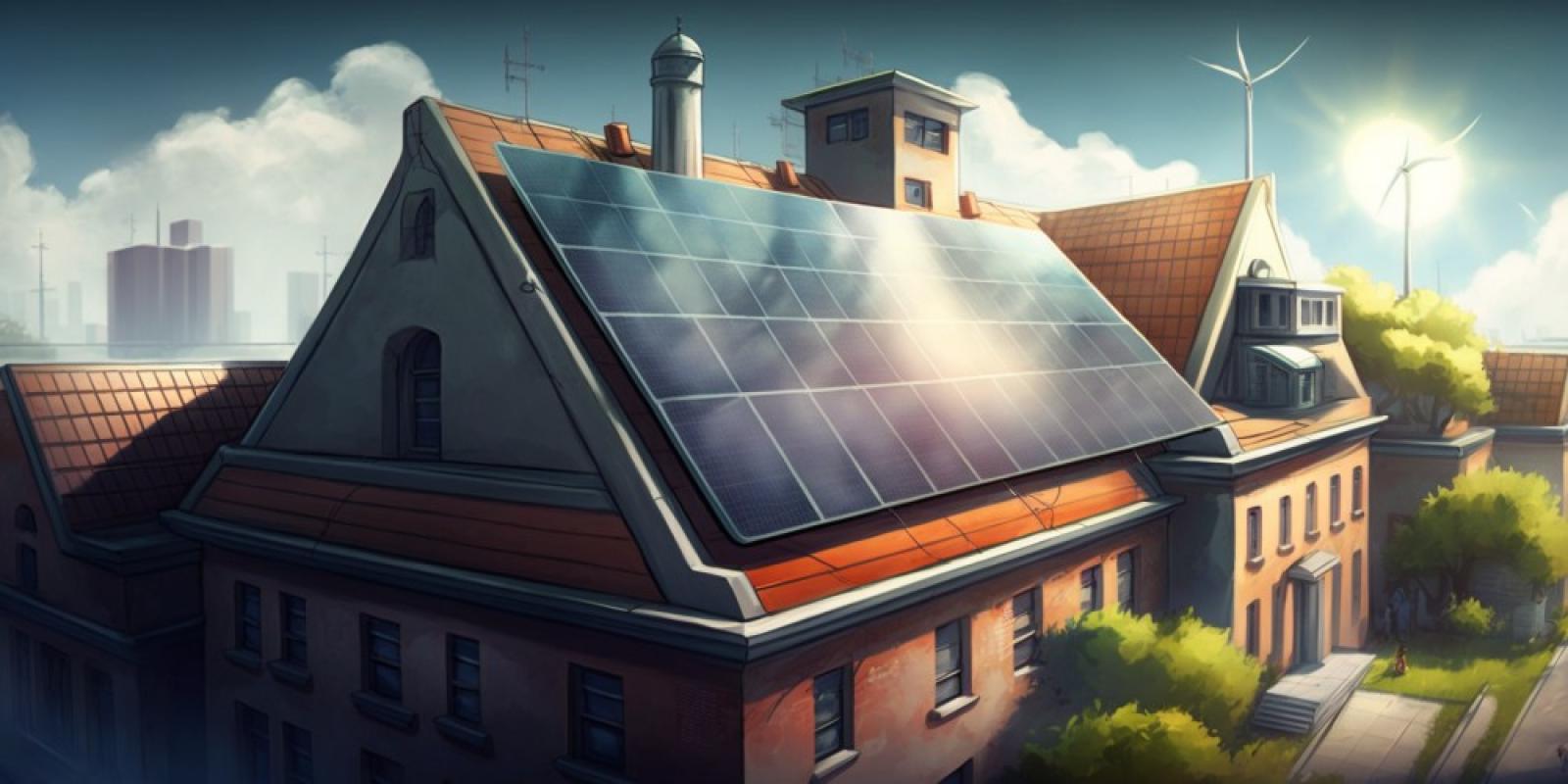Identifying electricity generation and consumption potential to plan community energy projects for municipalities

The DT Story focuses on reducing the dependence of municipalities and their citizens on external electricity supplies while simultaneously reducing CO2 emissions. The proposed solution involves local renewable electricity production, which can be shared and consumed within the community. This approach promotes sustainability and empowers communities to take control of their energy needs.
Problem or opportunity
As renewable energy becomes increasingly popular, community energy projects that share electricity from sustainable sources are emerging. However, technical limitations can make connecting renewable energy sources to the transmission grid challenging. Therefore, when establishing energy communities, balancing electricity production and consumption is essential. Typically established by municipalities, energy communities are open to citizens and third-party organisations. Two key challenges must be addressed to ensure effective and efficient energy distribution. Firstly, it is crucial to identify the appropriate location or actors involved to ensure electricity generation from renewable sources matches consumption in terms of place and time. Secondly, a reliable system must be developed for measuring and accounting for the electricity generated and consumed.
Overcoming these challenges is critical to ensure community energy projects' success, which is essential in promoting sustainability and reducing reliance on traditional energy sources. With proper planning and implementation, energy communities can potentially drive significant positive change in the energy sector.
Expected benefits
A community energy project brings together people, organisations, and entities to share electricity generated from renewable sources such as PV or wind turbines in a specific location. This approach enables community members to reduce their reliance on external electricity suppliers and fluctuations in electricity prices. While identifying electricity consumption patterns is critical for ensuring efficient distribution, obtaining this data in the necessary detail can be challenging. Sometimes, consumption data may need to be estimated from other available data or supplied later. The municipality often manages community energy projects, with the primary objective being fair distribution rather than profit maximisation. To achieve this objective, it may be necessary to consider the social status of community members. Smaller municipalities may need an energy manager or expert to oversee community energy projects. However, the success of these initiatives can be improved by seeking assistance from external organisations or experts in the field. Overall, community energy projects have the potential to promote sustainability and drive positive change in the energy sector. With proper planning and implementation, these projects can reduce reliance on traditional energy sources and empower communities to take control of their energy needs.
The objective is to facilitate the planning of community energy projects for municipalities. This can be achieved by identifying the potential for electricity generation and consumption in a given area or determining the optimal composition of the community. By doing so, municipalities can effectively plan and implement community energy projects that promote sustainability and reduce dependence on traditional energy sources.





